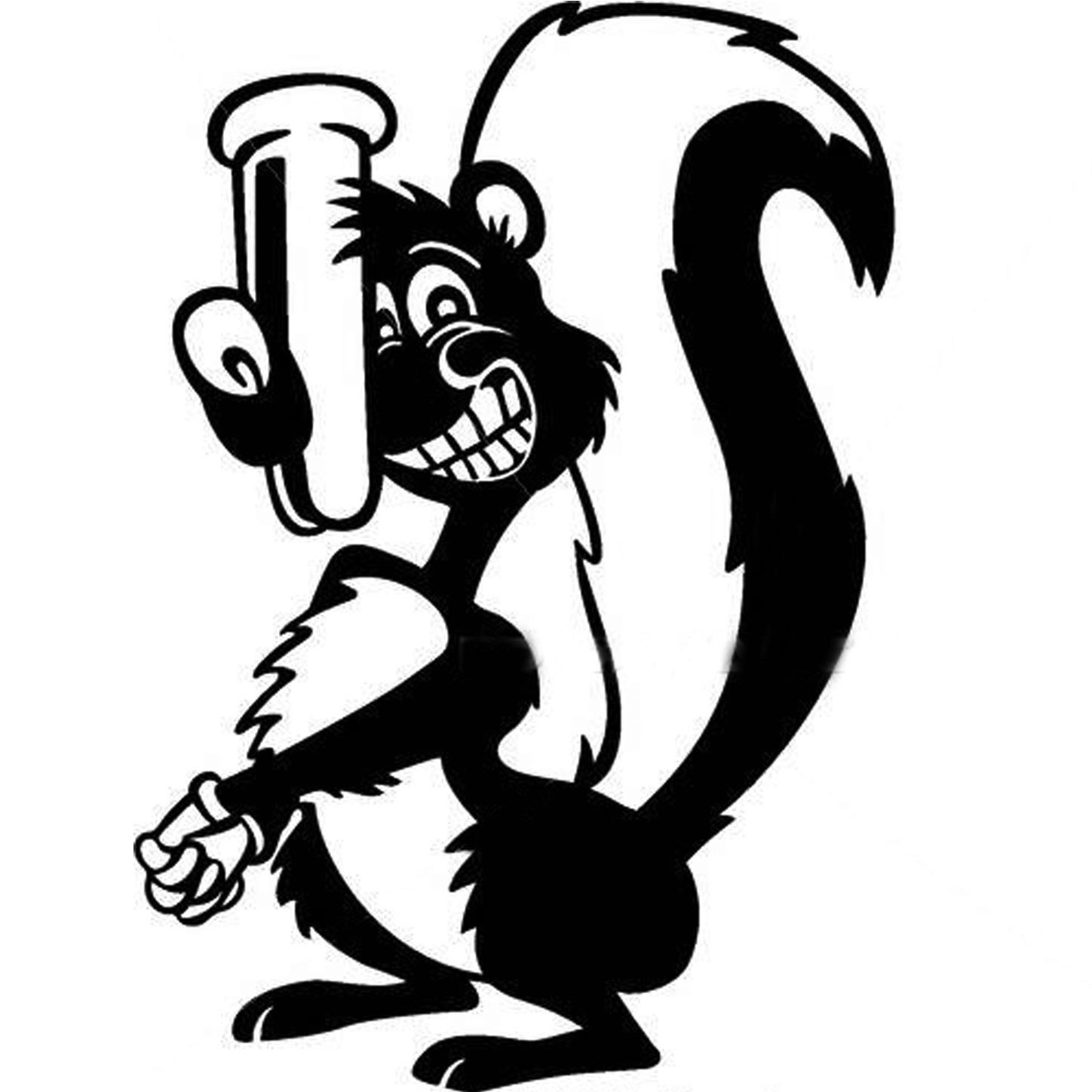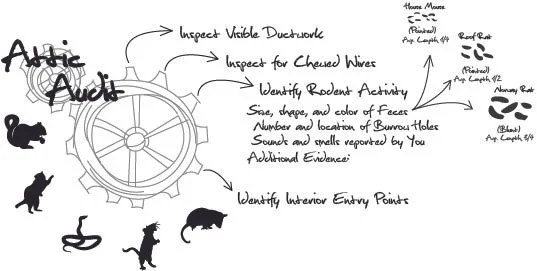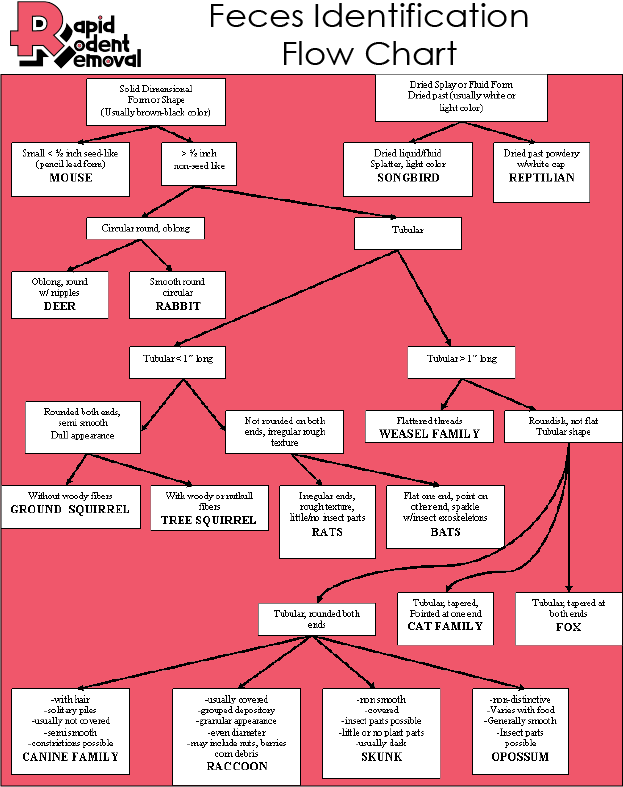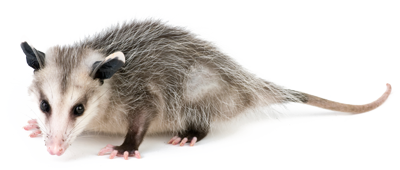WHAT DO SKUNKS EAT
WHAT IS THE SKUNKS DIET
WANT TO KNOW WHAT SKUNKS EAT ?
Skunks Diet
To fully understand a skunk’s diet, it’s essential to begin with where they live. A skunk’s natural habitat directly determines what food sources are available, and consequently, what it eats. These small mammals are incredibly adaptable, thriving in a wide range of environments from dense forests to bustling suburbs. This adaptability plays a vital role in their diverse and opportunistic eating habits.
The Range of Skunk Habitats
Skunks are native to North and Central America, with the striped skunk (Mephitis mephitis) being the most common species in the United States and Canada. Their habitats include:
Woodlands and forest edges
Grasslands and open fields
Farmlands and agricultural zones
Urban and suburban neighborhoods
Deserts and scrublands
In each of these environments, the availability of food differs. However, thanks to their omnivorous nature, skunks adjust their diets accordingly.
Woodland and Forest Edge Foraging
In wooded areas, skunks benefit from a dense canopy, rich leaf litter, and abundant biodiversity. These regions offer:
Grubs and beetles hidden under logs and soil
Mushrooms and fungi
Berries like blackberries, raspberries, and wild strawberries
Fallen bird eggs and fledglings
Carrion from deer or small animals
Their foraging in these areas contributes to the ecosystem by limiting insect outbreaks and scavenging remains that would otherwise harbor disease.
Grasslands and Prairie Ecosystems
In open fields and grasslands, skunks often roam at night, sniffing out:
Ground-dwelling insects like crickets and beetle larvae
Small rodents such as voles and field mice
Grasshoppers and other seasonal pests
Snakes and lizards, particularly during dry months
Seed pods and grasses
These areas support a slightly more carnivorous diet compared to forested regions due to the prevalence of small prey animals.
Farmlands and Agricultural Zones
Agricultural land is a skunk’s paradise, although not always welcomed by farmers. These areas are teeming with food sources, including:
Crop pests such as cutworms, rootworms, and caterpillars
Spilled grain from harvesting
Dropped fruits from orchard trees
Rodents attracted to livestock feed
Chicken eggs if coops are not well-secured
Interestingly, while skunks can be seen as a nuisance, they also serve as natural pest control agents. Many farmers tolerate them for this reason alone.
Urban and Suburban Landscapes
Urban skunks have adapted brilliantly to human environments. Here, their menu includes:
Pet food left on porches
Garbage and compost scraps
Fruit trees and garden vegetables
Bird seed dropped from feeders
Rodents and insects living near homes
In these spaces, their feeding often overlaps with human activities, sometimes leading to conflict.
A Closer Look at Wild Skunk Diets
The diet of a wild skunk is a testament to the power of adaptability. While most animals rely on specific food groups, skunks are true generalists. Their wild diet includes an impressive variety of food items, which ensures they survive in diverse and changing landscapes.
The Foundation of the Wild Skunk Diet
Skunks are opportunistic omnivores, meaning they eat what is available, when it is available. This often includes:
Insects and larvae
Fruits and vegetables
Small mammals and reptiles
Bird eggs
Fungi
Carrion
Roots, bulbs, and grasses
Each of these categories provides different nutritional benefits and becomes more or less available depending on the season.
Skunk Diet Changes
Spring: As snow melts and the ground softens, skunks dig for grubs, worms, and insects. They also begin to raid bird nests for eggs.
Summer: Fruits, insects, and the occasional small vertebrate dominate. This is the time of abundance.
Fall: Skunks start to bulk up for winter, eating high-calorie foods like nuts, corn, and anything with fat.
Winter: While not true hibernators, skunks reduce their activity. On warmer days, they scavenge for carrion or leftovers.
Foraging Strategies
Wild skunks primarily forage at night, using their excellent sense of smell to locate food. They:
Dig with their powerful claws to uncover insect larvae
Sniff out hidden prey like field mice in tall grass
Raid nests and burrows of birds and reptiles
Flip rocks and logs to find insects or mushrooms
Their foraging is slow and methodical, covering wide areas as they explore.
The Importance of Variety
The wild skunk’s diet ensures that it receives:
Protein from insects and small animals
Carbohydrates and fiber from plants
Vitamins and antioxidants from fruits
Calcium and minerals from bones and eggshells
This variety protects against nutritional deficiencies and makes them resilient in unpredictable environments.
Skunks and Insects: Nature’s Pest Controllers
If skunks had a job title in the ecosystem, it would likely be “night shift pest exterminator.” Insects form a significant portion of their diet, especially during the warmer months when bugs are abundant. This chapter examines the insects that skunks eat and the surprising ecological benefits they provide.
Top Insects in the Skunk Diet
Beetles and beetle larvae (grubs)
Grasshoppers and crickets
Ants and termites
Wasps and bees (yes—skunks will attack hives)
Caterpillars and cutworms
Earwigs, centipedes, and millipedes
Grubs are especially important. Found just under the soil surface, they’re high in fat and easy to dig up.
How Skunks Control Pest Populations thru diet
Skunks can eliminate thousands of insect pests in a single season. This makes them highly beneficial in:
Agricultural fields where pests threaten crops
Lawns and gardens plagued by grubs
Forested areas where beetles damage trees
They help keep insect populations in balance without using harmful pesticides.
Hive Attacks and Bee Predation
Though rare, skunks will attack beehives by:
Scratching the entrance
Eating defending bees as they emerge
This behavior is more common in rural areas but can be problematic for apiaries.
Digging Behavior and Lawn Damage
While helpful, skunks can damage lawns when searching for grubs. Their holes are:
Cone-shaped
About 3–4 inches in diameter
Scattered in patches
This digging is typically a sign of a grub infestation more than a skunk problem.
Fruits, Vegetables, and Plant-Based Foods
While skunks may be skilled insectivores, they also enjoy a wide variety of plant-based foods. This side of their diet provides important fiber, natural sugars, and essential nutrients that balance their intake.
Favorite Fruits
Berries: Blackberries, raspberries, strawberries
Apples and pears
Melons and watermelon rinds
Grapes (with caution—large quantities may be toxic)
Wild skunks often eat fallen or overripe fruits from orchards, gardens, or forest floors.
Vegetables in the Wild and Garden
While they don’t dig up crops intentionally like raccoons or groundhogs, skunks will eat:
Corn kernels
Peas and beans
Leafy greens
Carrot tops and root vegetables
Urban skunks are frequent garden visitors, especially if compost or leftovers are available.
Plant Material Beyond Produce
Skunks will also nibble on:
Grass and weeds
Roots and tubers
Seeds and nuts (acorns, sunflower seeds)
These foods are often digested in small quantities and support gut health.
Nutritional Benefits of Plant Foods
Fiber aids in digestion
Natural sugars offer energy
Vitamins A, C, and E boost immunity
Antioxidants from berries support cell health
A skunk with access to a variety of plant foods is likely to be healthier, more active, and better able to store fat for winter.
The Role of Small Vertebrates in a Skunk’s Diet
Skunks are widely known for their eclectic diets, and one of the more surprising aspects of their feeding behavior is their consumption of small vertebrates. Though often categorized as scavengers and insectivores, skunks are also opportunistic predators capable of hunting and consuming various small animals, including rodents, birds, amphibians, and reptiles. This chapter dives deep into this often-overlooked carnivorous side of the skunk’s diet.
Why Do Skunks Eat Small Vertebrates?
Skunks are not picky eaters. As omnivores, their diets are largely dictated by what’s available in their environment. Insects and plants may form the bulk of their diet during warmer seasons, but when these sources become scarce—especially in colder months—skunks shift to more protein-dense alternatives.
Small vertebrates offer:
High protein content
Fats essential for winter survival
Satisfying caloric intake with relatively little effort
Common Vertebrates Consumed
Rodents: Skunks will consume mice, voles, and even young rats if they are small and vulnerable. They are most successful at catching rodents in tall grass or under debris where the element of surprise is on their side.
Bird Eggs and Nestlings: Ground-nesting birds or those with low nests are vulnerable to skunks. The skunk’s keen sense of smell allows them to detect eggs or baby birds, which they will eat readily.
Frogs and Toads: Amphibians are common prey for skunks in wetland areas. Their slow movement and abundance make them easy targets.
Lizards and Small Snakes: Skunks will eat reptiles when the opportunity arises. Interestingly, some skunks have been observed eating small venomous snakes and showing resistance to their venom—though this is more common in species like the honey badger, the behavior has been noted
Scavenging Behavior: Skunks and Carrion
Scavenging is a core element of a skunk's adaptive survival strategy. Unlike obligate predators that rely solely on live prey, skunks are true opportunists. Carrion—dead animals found in their environment—provides a rich, often uncontested source of nutrients.
Why Do Skunks Eat Carrion?
Efficiency: No need to hunt or expend energy.
Availability: Common in both wild and urban settings.
Nutrient-Rich: Especially when the carcass is fresh.
Skunks will consume roadkill, remains from predator kills, or carcasses of animals that have died of natural causes. In urban environments, this might include:
Dead rodents in attics or under porches
Bird remains left by domestic cats
Wildlife casualties along roadsides
Scavenging Behavior and Scent Glands
Skunks can scavenge without fear of most predators due to their powerful scent glands. The mere threat of a spray often deters competition from raccoons, foxes, or stray dogs.
Health Implications
Though scavenging comes with the risk of bacterial or parasitic infection, skunks are relatively hardy. Their digestive systems are capable of handling decaying matter better than most mammals. However, when food is particularly rotten, they are known to avoid it—demonstrating an impressive ability to judge edibility based on smell.
Skunks and Human Garbage: Urban Foraging
Skunks living near human settlements often find themselves digging through trash bins, compost piles, and leftover pet food. This chapter explores why urban environments have become hotspots for skunk foraging and how their diets shift accordingly.
What Attracts Skunks to Human Areas?
Unsecured trash bins
Compost with food scraps
Outdoor pet food
Fruit trees dropping ripe produce
Bird feeders with accessible seeds
Skunks quickly learn where the easy meals are, returning to the same properties night after night. This can cause problems for homeowners, particularly when skunks begin nesting nearby.
Common Garbage Foods Consumed
Bread, cheese, and meat scraps
Moldy fruits and vegetables
Expired canned goods (if accessible)
Greasy wrappers and leftovers
While these provide calories, they often lack balanced nutrition and may include harmful substances like chocolate, caffeine, or mold toxins.
Feeding Skunks in Captivity or as Pets
Skunks are legal to own as pets in some U.S. states, often requiring descenting (removal of the scent gland) and special permits. In captivity, their diet must be carefully regulated to mimic the variety and balance of their wild intake.
Best Practices
High-quality protein: Cooked chicken, turkey, or eggs.
Fruits & vegetables: Apples, carrots, berries, leafy greens.
Limited starches: Small portions of brown rice or sweet potato.
Avoid: Chocolate, onions, grapes, processed junk foods.
Captive skunks require calcium supplementation, low-fat diets, and exercise to avoid obesity and metabolic issues.
Seasonal Variations in Skunk Diets
Skunks adapt their feeding patterns to seasonal availability. This chapter outlines how their diet shifts throughout the year.
Spring
High activity
Diet: Earthworms, insects, early vegetation
Summer
Abundant food sources
Diet: Insects, fruits, small vertebrates
Fall
Prepares for winter fat stores
Diet: High-calorie items—nuts, carrion, small mammals
Winter
Partial hibernation (torpor)
Minimal activity; relies on fat reserves
Occasional scavenging on warmer days
How Skunks Hunt and Forage
Skunks are nocturnal foragers, using their noses and paws to search the ground for food. They follow a methodical zigzag path, sniffing for signs of insects, larvae, or buried treats.
Techniques
Digging: Especially for grubs and beetles.
Tearing bark: To access insects or sap.
Flipping stones: To uncover hiding prey.
Their keen sense of smell compensates for poor eyesight and helps locate even hidden prey.
Common Misconceptions About Skunk Eating Habits
There are several myths about what skunks eat:
Misconception 1: Skunks only eat garbage
Truth: Garbage is only a part of the urban skunk diet; wild skunks eat a variety of natural foods.
Misconception 2: Skunks are pure scavengers
Truth: They actively hunt and forage daily.
Misconception 3: Skunks are vegetarians
Truth: Skunks are omnivores. They eat insects, animals, fruits, and more.
Misconception 4: Skunks don’t impact the environment
Truth: They’re key in pest control and seed dispersal.
All About Animals …
Suspendisse nec congue purus. Aenean eu justo sed elit dignissim aliquam. Suspendisse nec congue purus. Class aptent taciti sociosqu ad litora torquent per conubia nostra, per inceptos himenaeos.
RATS
SQUIRRELS
RACCOONS
OPOSSUMS
SNAKES
BATS
WILDLIFE REMOVAL
articles:
What does a rat nest look like ?
What is a Squirrel King










